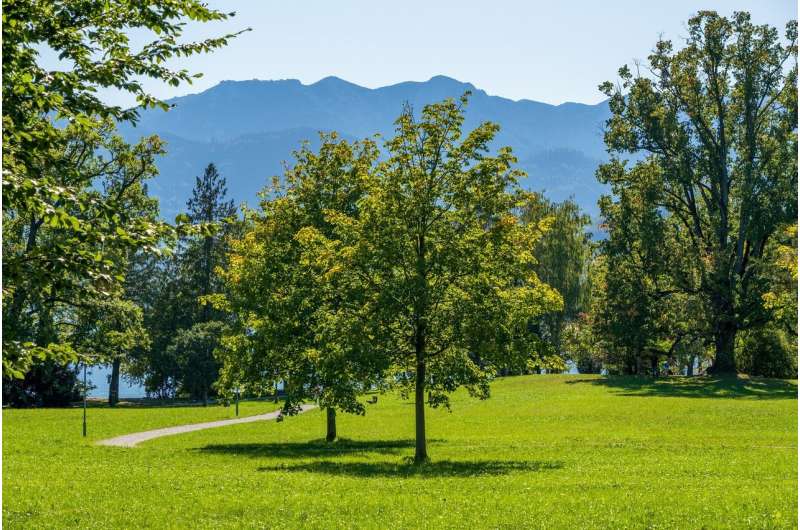This article has been reviewed according to Science X's editorial process and policies. Editors have highlighted the following attributes while ensuring the content's credibility:
fact-checked
peer-reviewed publication
trusted source
proofread
Protected areas can boost biodiversity and local economies

Protected areas, like nature reserves, can conserve biodiversity without harming local economic growth, countering a common belief that conservation restricts development. A new study outlines what is needed for conservation to benefit both nature and people.
Conservation zones aim to preserve biodiversity, protect endangered species, and maintain natural habitats. "There's long been uncertainty about the economic tradeoffs," said Binbin Li, associate professor of environmental science at Duke Kunshan University, and lead author of the study published on June 20 in Current Biology. "Our findings show achieving both aims is more common than we previously expected. But that balance depends on socioeconomic conditions near a protected area," said Li.
The study found that 91% of the nearly 10,000 protected areas studied lost no or less natural land than similar but unprotected areas—a conservation win. But perhaps surprisingly, almost half the surveyed protected areas safeguard natural land without hurting, and sometimes helping, local economic growth.
Several factors were key to their success, the researchers say. For one, having nearby roads and a higher level of economic development both help. There are trade-offs, otherwise: the local economy is hurt, or protected areas fail. Biodiverse regions with emerging economies, like the Amazon and Southeast Asia, face the biggest challenges meeting the needs of nature and people.
"Conservation does not happen in a silo," said co-author Stuart Pimm, Doris Duke Distinguished Professor of Conservation Ecology at Duke University, and an expert on habitat loss and species extinction. "We must consider local development alongside biodiversity conservation to know where and how to protect areas to benefit both the environment and humans."
In the study, 60% of the communities living around protected areas had similar or higher levels of economic growth than those living around unprotected areas. Protected areas that both safeguard nature while benefiting local development tend to be smaller in size, and closer to markets and cities. "Bigger isn't necessarily better," said Li.
"We need to get to a win-win outcome more often, especially in the most biodiverse regions that can ill-afford losing out on economic development or biodiversity," said Li. "We cannot address biodiversity loss without addressing local development issues."
More information: Binbin V. Li et al, The synergy between protected area effectiveness and economic growth, Current Biology (2024). DOI: 10.1016/j.cub.2024.05.044
Journal information: Current Biology
Provided by Duke University




















